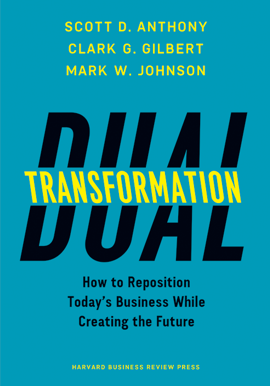Whenever First World countries health system comes under pressure such as England in this recent winter there is the inevitable call for “more investment into health services”. As the southern hemisphere prepares for their winter demand will it end up with the same predictable result of “the system cannot cope and on the brink of health service failure and more funding is needed”.
This call for more investment has some justification when First World countries faces
Increasing demand pressure driven by ageing population, people living longer (often with more years in poor health), increasing burden of complex life long, lifestyle related ill health and greater expectations from society, and
Increasing supply pressure in the form of ageing workforce, higher cost of drugs and technology and the need to invest in additional and more modern facilities.
Most First World countries that have increased funding have in one form or another also reviewed related issues of effectiveness of their funding and/or the sustainability of their current funding policies. Such reviews will touch on the broader issue of wastage, efficiency and efficacy of existing funding in health services such as:
How funding are allocated to delivery organizations
What and how current health programme are being commissioned,
More investment into more hospital beds, rest and nursing home beds, respite beds, primary care, home and social support services
More investment into workforce and IT systems
More investment into research and increase publicly funded “personalized medicines and therapies”.
Despite reform efforts on the above there is no relief in sight for pressures on First World countries health systems. Why?
Funding on its own not enough to address the pressure
Because funding although an important ingredient is only one element of a health eco-system. More funding without changing other fundamentals of the health eco-system will not address the pressure but could actually be making it worst by delaying the need for a more comprehensive and substantive reform.
Other fundamentals such as models of care, enabling policies, regulations, accountability and performance levers, organization structures, business models and other enablers (workforce, technology, facilities, advance Big Data analytics, devices, etc) need to be part of a total package of reform to address the sustainability question.
Too often reforms are either fragmented or done in isolation, example setting up a separate “advisory group” for workforce, organization structures, infrastructure or technology, etc. Even when an overarching “whole of system advisory group” is commissioned, recommendations on these fundamentals are design to optimize each of the individual elements rather than the whole system.
System thinking

System thinking is a pre-requisite for making real and sustainable changes to social services like health services. The author David Stroh in his 2015 book “System thinking for social change” provides a practical guide to solve complex social problems, avoiding unintended consequences and achieving lasting results. There are some very challenging chapters that clearly indicates that what is being done currently is actually making the situation worst not better.
Leadership and talent
Taking a system approach to change these fundamentals requires a different level of leadership and talent to the ones that manages these fundamentals. The mindset, process, skill, knowledge and experience of leaders who manages the system versus those who will change it is not the same. Most current health leaders are there to manage the current system and will often take the position that “more money, resources and time” are needed. Most struggle with the current let alone being asked to do something about the future.
Dual transformation

We need leaders that can handle the pressure of managing the current system with a bias to creating a new system – a dual transformation endeavor. The authors Scott Antony, Clark Gilbert, Mark Johnson in their 2017 book “Dual Transformation” provides useful insights into what it takes to manage today’s business while creating the future. The A, B and C concept requires different leadership and talent for each part.
Concluding remarks
The health system is big expenditure with significant social impact in any First World country. There is no doubt that the tidal wave of pressure feels unmanageable and heading towards a tipping point. Funding on its own is not enough. Each First World country should critically look at whether it has the leadership and talent it needs to take on a dual transformation approach to start to change course towards a more sustainable system. Otherwise every year it will face the inevitable chorus of “more funding is needed”. If you read this article and having a go at creating the leadership and talent for the dual transformation I am interested to hear from you.

